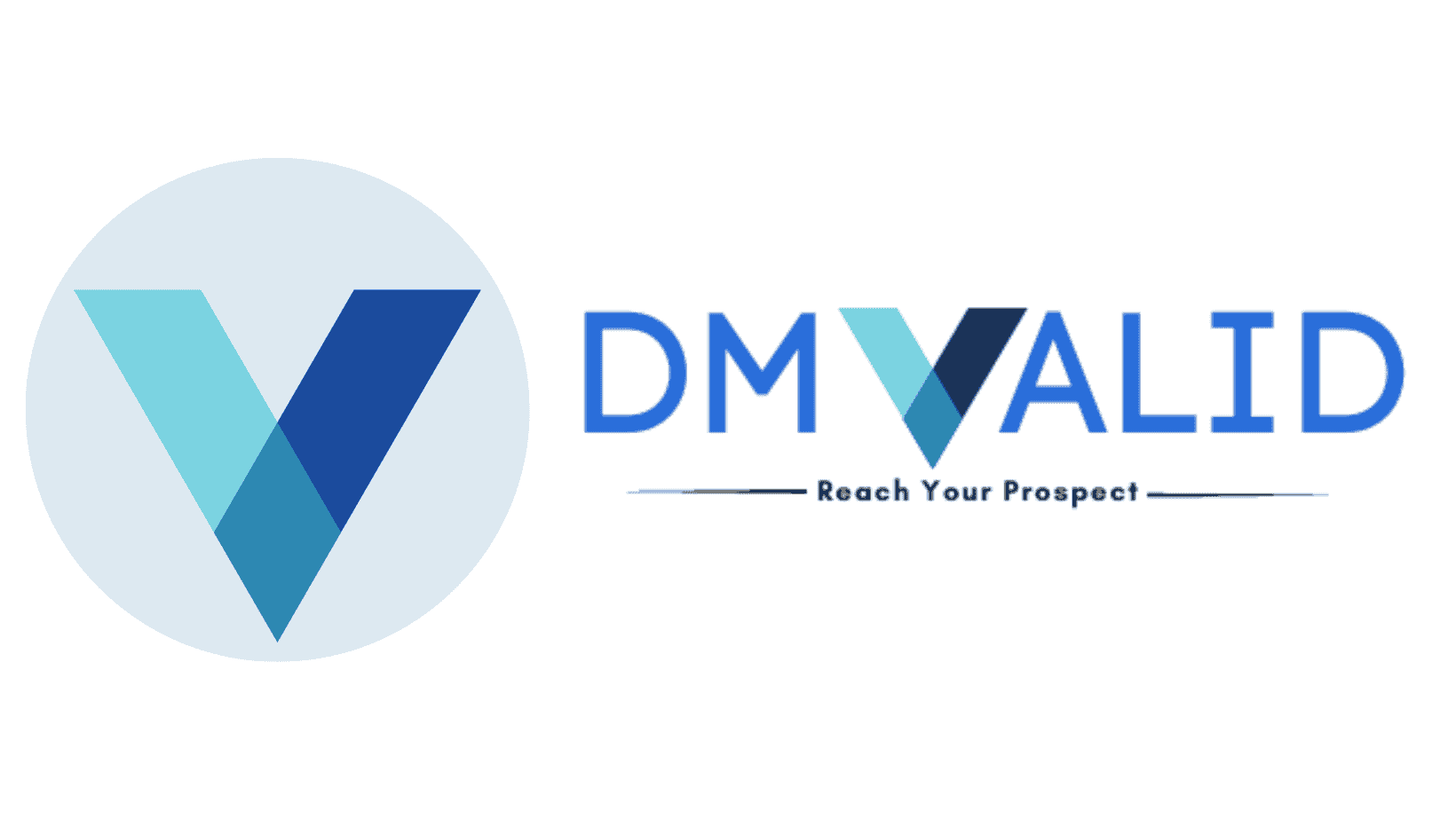Table of Contents
Introduction
Businesses that want to do well in a competitive marketplace have to establish and sustain market presence strategies. Offering a fantastic product or service alone frequently isn’t enough to guarantee success in today’s comparable business market. Companies must actively interact with their target market, set themselves apart from rivals, and continually provide value to customers. This introduction will give a general overview of a few significant tactics that companies can use to gain and maintain market share.
Establishing a brand identity

Commercial execution and implementation decisions: The crucial aspects of turning strategies into actionable plans and achieving business objectives. These decisions involve the practical steps and tactics that a company takes to execute its commercial strategy effectively. Here are some key considerations and areas to focus on when making commercial execution and implementation decisions.
- Culture and HR: An organization’s success is greatly impacted by its culture and human resources (HR). A company’s culture is comprised of its values, beliefs, norms, and behaviors which affect the working environment and relationships among employees. On the other side, HR is in the position of overseeing and advancing the organization’s human resources. Let’s delve closer into the relationship between culture and HR.
- Marketing Strategy and Campaigns: The core elements of a company’s entire marketing initiatives are its marketing strategy and programs. Businesses can define their target market, comprehend client wants, and create a plan to successfully sell their goods or services with the aid of a well-crafted marketing strategy. On the other side, campaigns are the precise plans and actions implemented for carrying out the marketing strategy. Let’s get deeper into marketing strategy and campaigns.
- Design Execution: Make sure the design components adhere to the principles and brand identity. Maintain a consistent brand image throughout all the advertising collateral by using consistent colors, typefaces, logos, and visual styles. Create a distinct visual hierarchy to direct visitors’ attention and highlight the most crucial components. To give important messages calls to action, and brand components the attention they deserve, use the right amount of space, spacing, and contrast.
- Higher revenue IP Asset Value and sales: To find areas for improvement do an audit of your IP assets. Analyze the worth, applicability, and economic viability of your IP portfolio. Make sure your assets are effectively safeguarded and in line with your business objectives by routinely reviewing and updating your IP protection procedures. Develop an innovative workplace culture and spend money on research and development (R&D). Encourage staff members to come up with fresh concepts, submit patent applications for original inventions, and add to your IP portfolio. Innovation can result in the creation of valuable intellectual property (IP) assets that can be licensed, sold, or used to set your goods and services apart from competitors’ offerings.
Building a brand reputation
- Consistent Brand Messaging: Create a clear and consistent brand message that is in line with the goals, values, and target market of your business. Consistently convey this idea to customers through your website, social media platforms, advertising campaigns, and other brand touchpoints.
- Deliver on Promises: Ensure that your products or services consistently meet or exceed customer expectations. Consistently deliver high-quality offerings, and exceptional customer service, and fulfill any promises or guarantees you make. Reliability and consistency build trust and enhance your brand reputation.
- Transparency and Authenticity: Be transparent in your business practices, including pricing, policies, and communications. Build trust with your audience by being authentic, honest, and open about your brand’s values, processes, and social responsibility efforts. Transparent communication helps establish credibility and fosters a positive brand image.
- Engage with your Community: Actively engage with your customers and community to build strong relationships. Participate in community events, support local causes, and engage in corporate social responsibility initiatives. Engaging with your community demonstrates your brand’s commitment to making a positive impact beyond profit generation.
- Employee Brand Advocacy: Foster a positive internal culture where employees are aligned with your brand values and become brand ambassadors. Encourage employees to actively promote your brand, provide exceptional customer service, and share positive experiences. A strong internal brand culture translates into positive external perceptions and brand reputation.
Differentiating from competitors
- Emphasize Brand Personality and Storytelling: Create a compelling brand identity that speaks to your target market and sets you out from the competition. By putting a strong emphasis on your values, mission, and the true motivations driving your company, you can tell your brand’s narrative in a captivating way. Use narrative to engage emotionally with your audience by utilizing a variety of marketing mediums.
- Product or Service Innovation: Make ongoing investments in R&D to innovate your products and services. Introduce novel features, innovative solutions, or special services that offer customers clear benefits. You may stand out from rivals and draw in clients looking for cutting-edge solutions by staying on top of trends and providing something fresh.
- Exceptional Customer Service: Provide exceptional customer service that goes above and beyond expectations. Focus on building strong relationships, actively listening to customer feedback, and promptly addressing any issues or concerns. By delivering exceptional service, you can create a positive experience that sets you apart and fosters customer loyalty.
- Brand Design and Visual Identity: Develop a visually appealing and memorable brand design that stands out from competitors. This includes your logo, packaging, website design, and overall visual identity. Consistent and visually distinct branding helps customers recognize and remember your brand in a crowded marketplace.
- Marketing and Communication Strategies: Create distinctive marketing and communication tactics that appeal to your target market. Customize your messaging and creative content to showcase your unique selling propositions and explain how you address your customers’ needs. To interact and efficiently reach your audience, use social media, targeted advertising, and other avenues.
- Social and Environmental Responsibility: Prove your dedication to environmental and social responsibility. Emphasise your ethical sourcing, participation in the community, and charitable endeavours. Consumers of today frequently favour brands that share their beliefs, therefore demonstrating your ethical behaviour can set you apart from rivals.
Staying relevant and adaptable
- Embrace Change: Be open to change and view it as an opportunity for growth rather than a threat. Stay flexible and adaptable in your thinking and approach to work and life. Embracing change allows you to quickly adapt to new situations and challenges.
- Networking: Build and maintain a strong professional network. Connect with colleagues, industry experts, and mentors who can provide valuable insights, guidance, and opportunities. Networking can help you stay informed about industry trends, job opportunities, and potential collaborations.
- Emphasize Transferable Skills: Develop and improve your transferrable abilities, such as leadership, critical thinking, communication, and problem-solving. These abilities are helpful in a variety of businesses and can aid you in handling diverse positions and responsibilities.
- Embrace Technology: Keep up with the most recent technology developments in your industry. Technology is continually changing, which has a big impact on several businesses and job functions. You can boost productivity, streamline operations, and maintain competitiveness by embracing technology.
- Embrace Diversity and Inclusion: In a diverse and inclusive environment, different perspectives and experiences can foster innovation and adaptability. Embrace diversity and actively seek opportunities to work with individuals from different backgrounds and cultures. This can enhance your adaptability and broaden your understanding of diverse perspectives.
- Monitor Industry Trends: Stay informed about industry trends, market changes, and emerging technologies. Subscribe to relevant publications, follow industry influencers on social media, and join professional associations or communities to stay updated with the latest developments in your field.
Expanding market presence

- Market Research: To find new prospects, target markets, and client segments, conduct extensive market research. To effectively personalize your strategy, be aware of the needs, tastes, and behavioral patterns of your target audience.
- Develop a Strong Value Proposition: Clearly articulate the unique value your product or service offers and how it solves customer problems or fulfills their needs better than competitors. Differentiate your brand and highlight the benefits that set you apart from the competition.
- Targeted Marketing and Advertising: Create tailored marketing initiatives to connect with your target market. Use a variety of digital marketing channels to successfully express your value proposition and build brand awareness, such as social media, search engine marketing, content marketing, and email marketing.
- Strategic Partnerships and Alliances: Decide which complementary companies or possible strategic partners you can work with to increase your market presence. By collaborating with well-known brands or companies in adjacent fields, you can gain access to new client groups and raise the profile of your brand.
- Geographical Expansion: Consider expanding your business into new geographic regions. Analyze market potential, local regulations, cultural considerations, and competition in the target markets. Adapt your strategies to suit the specific needs and preferences of customers in those regions.
- Product or Service Diversification: Look for ways to expand the range of goods and services you offer so that you can serve a wider range of clients. Think about incorporating new functions, variations, or supplemental goods and services that are consistent with your brand and intended market.
- Online Presence and E-commerce: Establish a strong online presence through a user-friendly website, active social media profiles, and e-commerce capabilities. Optimize your online channels for search engines to increase your visibility and attract potential customers.
- Monitor and Adapt: Continuously monitor the market, track customer feedback, and analyze performance metrics to evaluate the effectiveness of your strategies. Adapt and refine your approaches based on the insights gained to ensure ongoing growth and expansion.
Conclusion >>>
Strategic planning, adaptability, and a thorough understanding of your target market are necessary for the dynamic and continual process of expanding your market presence. By carrying out in-depth market research, creating a compelling value proposition, putting targeted marketing and advertising tactics into practice, investigating potential strategic alliances, thinking about geographic growth, and varying your product or service offerings.

